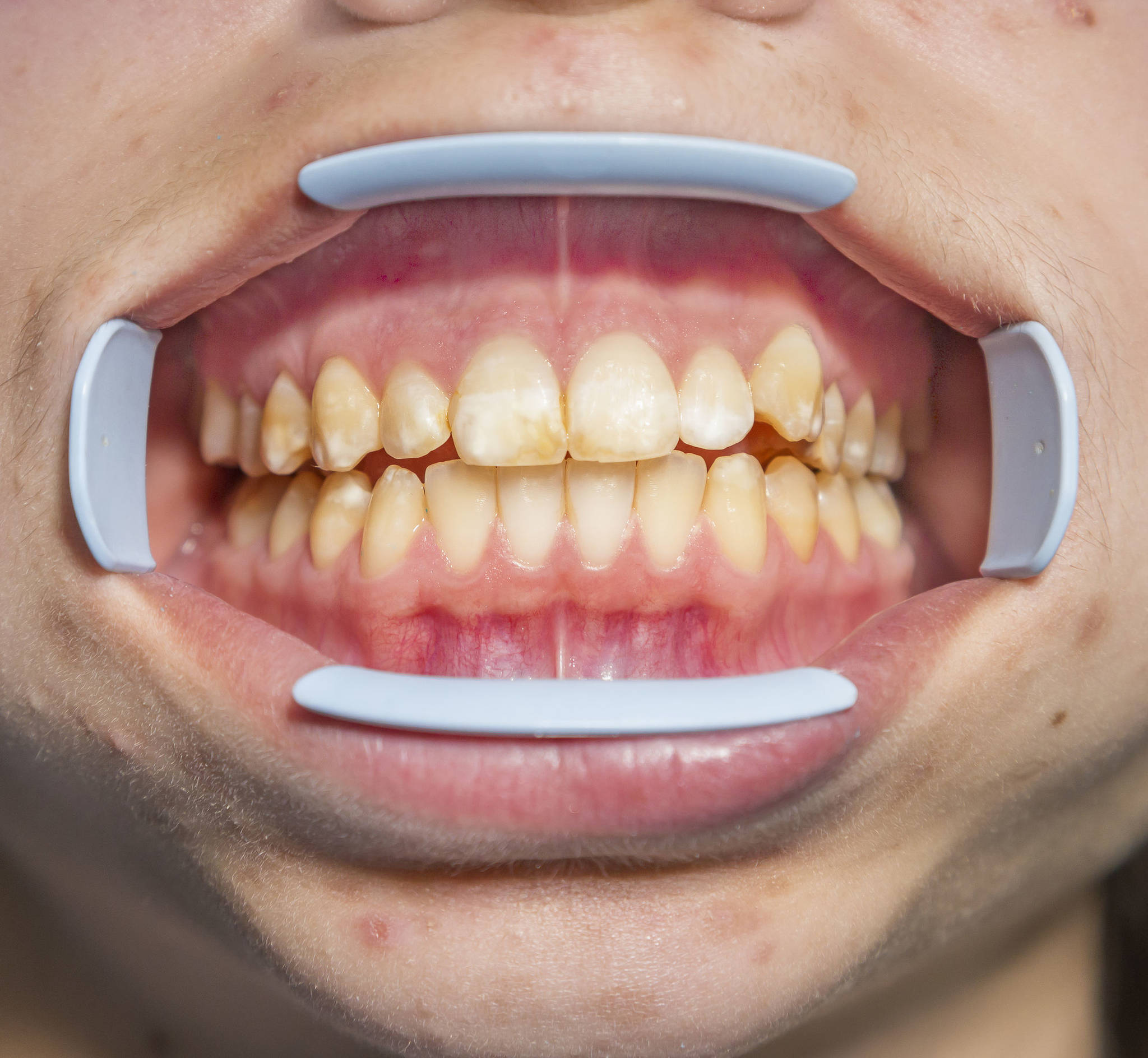Is the dentist finding more cavities in your kids teeth with each dental checkup? If so, you aren’t alone.
In January 2007, the Juneau Assembly decided to ignore the testimony of local physicians, dentists, public health professionals and statements from the Alaska Native Tribal Health Consortium and choose instead to cease optimal community water fluoridation (CWF). By doing so, they also dismissed long standing statements in support of CWF: the American Dental Association, the American Academy of Pediatrics, the American Association of Public Heath, the American Association of Public Health Dentistry, the American Medical Association, the Centers for Disease Control and Prevention, the U.S. Department of Health and Human Services, the U.S. Surgeon General and the World Health Organization, among others. One might wonder, what has been the impact of stopping CWF for kids in our community?
I, along with two other researchers, have spent the past two years studying the pediatric oral health impacts of Juneau’s CWF cessation policy among the most vulnerable, children eligible for Medicaid. We collected all Medicaid dental claims submitted for patients residing in the 99801 zip code aged 0-18 during one year, in which we could assure continuous CWF prior, and compared them to dental claims from a group with the same parameters five years after CWF stopped (2012). We observed a clear consistent pattern aligned with what we would expect given over 70 years of research on the safety and efficacy of CWF.
The results showed statistically significant increases in the average number of caries procedures experienced, measures of relative risk, and caries related treatment costs for children with the least amount of exposure to optimal CWF. For example, the average number of caries procedures (i.e. fillings, crowns) experienced per child among those born after CWF cessation (0 to 6 years old) increased from 1.5 to 2.5, and the restoration costs increased per child 111 percent or $302.71 *per year after adjusting for inflation.
Based on the results, and the type of analysis used, we can conclude with confidence the increased caries risk, increases in dental caries procedures and costs was the direct result of ending CWF. While it certainly was not the intention of CWF cessation advocates, the research indicates stopping CWF has moved children into suffering, punished family budgets, and wasted taxpayer dollars used to fund the Medicaid program.
Therefore, I kindly request the Juneau Assembly return the city water supply to optimally fluoridated levels. I also recommend leaders at the State of Alaska Medicaid program develop a procedural policy for communities choosing to ban CWF that allows the program to recover tax payer revenue for dental caries procedures that could have been averted with optimal CWF. Remember, this analysis included 2012 as the suboptimal CWF comparison year, so the documented negative oral health outcomes have affected more kids, and the damaging cost burdens observed have only increased.
The Medicaid program reimburses providers only a portion of the service cost, ranging from 20-75 percent depending on the service. The average pediatric restoration can range from $350-$650 or more depending on severity and use of sedation. So, who pays for the dollars not reimbursed by Medicaid? All of us, in the form of higher service fees, copays, etc.
I encourage the Assembly to create public policy that impacts the health of populations, and particularly children, based on science, research and recommendations from professionals with actual training in medicine, dentistry and public health. The Trump era has brought with it a warm embrace for the anti-science crowd and conspiracists. We see this in the subtle, and not so subtle, policy and funding changes that reject what we know about climate change science, women’s health, global health, vaccines, tobacco control, gun safety, environmental protections, etc. Public policy grounded in pseudoscience and misguided claims causes harm and increases costs. On the bright side, we can repair this situation by returning the water system to optimally fluoridated levels. Let’s work together to create conditions in which all children in Juneau can experience fewer caries related dental procedures and improved oral health. Please consider contacting the Assembly members and express your support for optimal CWF in Juneau.
• Jennifer Meyer is an Assistant Professor of Allied Health at the University of Alaska Fairbanks and Health Sciences at the University of Alaska Anchorage. She is the mother of three children and resides in Juneau.

